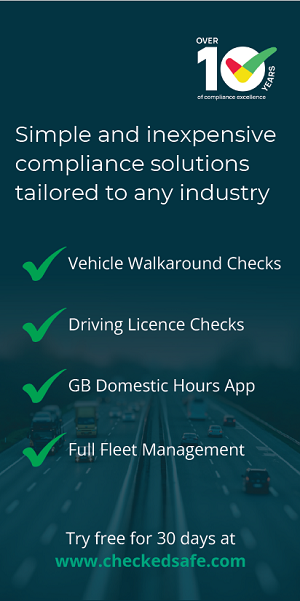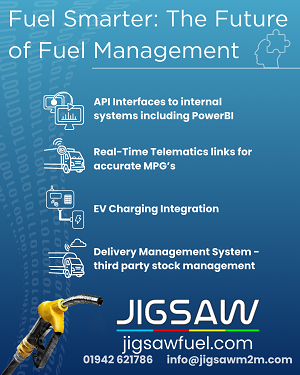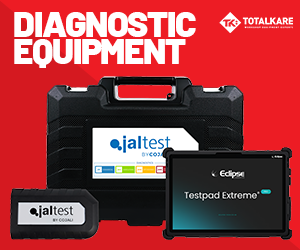Enhancing Transport Operations with Beacon Lights
![]() Businesses in the transport sector and other high-traffic environments like freight yards and construction zones always need clear communication to enhance safety and efficiency. This is crucial, especially when you consider the constant pressure to move faster, operate smarter, and meet ever-growing legal requirements.
Businesses in the transport sector and other high-traffic environments like freight yards and construction zones always need clear communication to enhance safety and efficiency. This is crucial, especially when you consider the constant pressure to move faster, operate smarter, and meet ever-growing legal requirements.
Beacon lights from a supplier like RS are increasingly playing a key role in enhancing operations in the transportation sector, as they effectively signal movement, caution, safety status, and system status in real-time. But they are more than just visual alerts as they integrate with the workflow in these environments.
Today, we’ll explore how beacon lights enhance transport operations in different ways.
Visual Alerts That Cut Through the Noise
In transport environments, there’s always machinery noise, vehicle engines, and so much more going on. All these create noise that makes audio alerts easily get drowned out. Relying on them only isn’t enough, and can actually be dangerous.
Beacon lights are quite valuable in these environments as they are unmistakable, so they provide clear communication even when everything is chaotic. For example, in a logistics terminal, a reversing forklift should have a flashing red beacon that alerts workers, even when they can’t hear the signal.
In different situations, different colours will have different meanings. For example, a steady red light in an entrance can prevent entry, amber can tell people to be cautious, and green can signal that it’s okay to enter.
Enhancing Safety in Work Zones and Transport Hubs
There are lots of potential hazards in transport sites, from moving vehicles to overhead equipment and blind corners. And to keep workers safe, you’ll need more than just rules. Beacons help ensure that communication is both fast and intuitive. Regardless of the type of light, people will quickly understand the message.
For example, you can have a flashing or a steady amber beacon to signal active work areas. When vehicles are passing, they’ll see it and slow down. You can also have beacons on automated guided vehicles (AGVs) and fixed-position beacons in transport hubs. In the former, workers will avoid confusing the reversing sound coming from different directions, and in the latter, people will know different boundaries.
The best part? You don’t even need to share a language or level of experience.
Equipment Status and Workflow Coordination
When running operations in a complex transport environment, you need to know what’s happening and when it’s happening. Beacon lights come in handy here as they take operational data and turn it into signals everyone can see.
For example, in a freight terminal, you can have a beacon light that switches between red, amber, and green. These let you know whether it’s occupied, in transition, or ready for the next truck. Since everyone can see it, there won’t be any guesswork about the status of the terminal, and delays will be eliminated, improving overall efficiency.
Beacons can also be integrated into equipment control systems to inform workers and maintenance of the status. For example, when it’s on a conveyor system and it lights up red, everybody will know it’s faulty, and the technical crew will react quickly.
Meeting Safety Standards and General Compliance
Transport and logistics operations are governed by a range of safety regulations that businesses have to comply with. Beacon lights help with many of these, especially those set out by the Health and Safety Executive (HSE). They are also quite handy in sector-specific regulations, such as the Workplace (Health, Safety and Welfare) Regulations 1992 and Provision and Use of Work Equipment Regulations 1998 (PUWER).
For example, HSE guidelines require the use of clearly visible signals in places with a risk of moving vehicles or machinery. Beacon lights in forklifts and warehouses help ensure compliance with these.
In airports and port environments, different colours and flash patterns are also often mandated to signal different things. Since beacon lights are available with different designs and colours, they make compliance easy.
But besides safety codes, these lights also help support standard operating procedures. When they are used as part of a wider signalling system, they enhance safety and improve efficiency while ensuring compliance.










